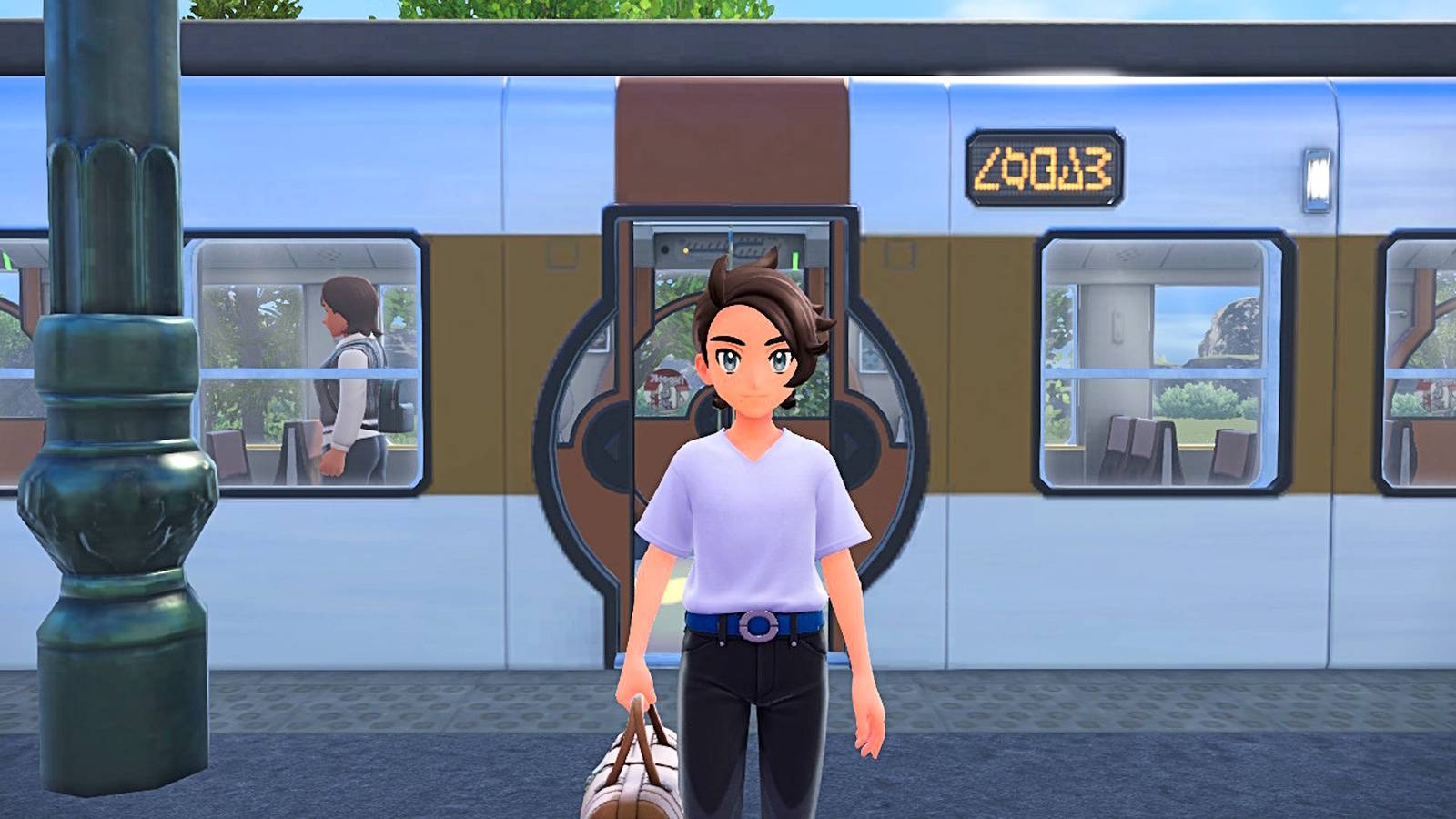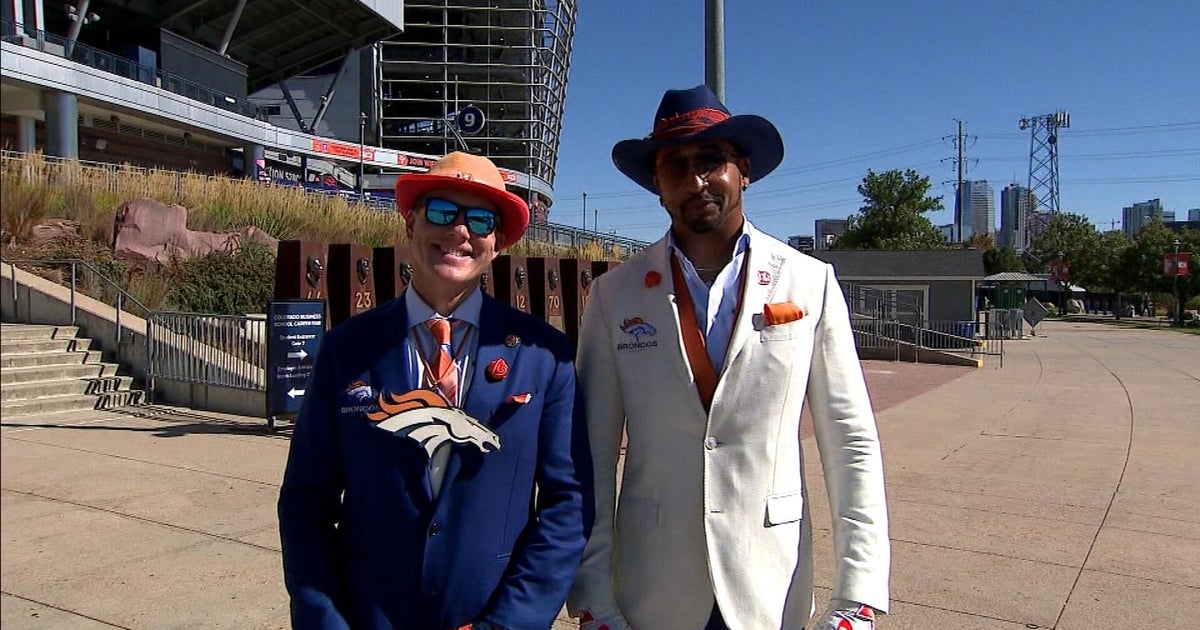Pokémon’s relationship to fashion has evolved in fits and starts over the years. Early games locked you into specific looks whether you liked them or not. When Game Freak finally added outfit customization options, well, it wasn’t always a positive improvement. Pokémon Legends: Z-A turns the series’ fashion sense on its head in the best possible way, demonstrating an appreciation of timeless and modern trends that we’ve not seen from Pokémon before.
There’s just one big, missing thing: a sense of cultural diversity. And in a game that likes to tout its commitment to creating harmony together, it’s a bizarre oversight.
What makes Legends: Z-A‘s fashion work is how natural it seems compared to the options in previous games. The selections in Pokémon Sword and Shield came across like perfunctory nods to specific styles, with little room for expression or creativity. You had the preppy store, with several variations of one or two basic outfits; the punk store, with several variations of one or two basic outfits — you get where I’m going with this. Pokémon Scarlet and Violet, well, I’m not even going to guess what the rationale was there. Schoolkid fashion? I don’t know, and I’m not sure Game Freak does either.
Legends Z-A does away with specific labels in favor of pieces that fall under broad themes, like athleisure, basics, and streetwear. The result is something you’d actually expect a modern city-dweller to wear. (Streetwear is basically whatever you want it to be, as long as it isn’t obviously formal or overtly bohemian. You have a hoodie on? It’s streetwear! Put a denim shirt over a basic one? Also streetwear! Skinny jeans, patchwork pants, henleys and basic T-shirts, overalls, plaid shirts, wide-legged jeans — all of it counts.)
Most of Z-A‘s fashion options blend trendy with timeless. It helps that none of the clothing options feel overly specific to a single geographic location, another issue Sword and Shield suffered from. Trench coats, tops with flouncy little ribbons, crop-tops, leather jackets, and sweater-shirts are trendy now, and whatever else might be in vogue in 10 years, these pieces and the rest of Z-A‘s catalog will still look up-to-date. Heck, even your starting outfit — a plain white shirt tucked casually into a pair of straight-leg jeans — is current and stylish enough to carry you through the game, especially if you pair it with a decent satchel and some good shoes.
In Sword and Shield, color palette variations mostly served as a way to throw in alternate shirt and sweater patterns. In Legends: Z-A, they make a much more worthwhile difference. Take the biker jacket you can purchase from a boutique near Prism Tower. There’s a standard black-and-red leather version you can get, or you can buy it in tan, which gives it a classier, tweed-like look. Most of the game’s other color options have versatile variants too, even the chinos, which come in enough varieties (solids and plaids) that you can feasibly make multiple outfits with just two or three different pairs of shorts.
One big thing missing from Legends: Z-A‘s fashion scene is a layering option, a basic but essential feature. Legends: Z-A won’t let you do something like matching that tweed biker jacket with your simple white T-shirt. Most of the built-in layers are quite good, to be fair, though the chance to customize your outfit on a more granular level would’ve been a welcome one. I’d say this is a surprising oversight for what’s otherwise a fashion-forward game, except this is also the series that still has characters silently talking during cutscenes in 2025. Maybe next time.
The much more important missing piece, however, is a sense of distinction and culture. Every clothing item in Legends: Z-A is polished and styled, and I mean every piece. Even the ripped jeans look like something you’d find from a designer label, and they cost that much, too. (This is surprising, given how often the game points out how hard it is for young people to make money).
There’s absolutely nothing wrong with being well turned-out or with polished, preppy-leaning style. When that’s all you get, though, it just creates a sense that this is a city for a specific type of person, from a specific background, with a specific outlook on life. There’s no underground, no grunge or punk scene, absolutely no counter-culture, and not even a sense of experimental high fashion in Lumiose City. No room for difference. And before you say “Why would there be? It’s Pokémon,” I’ll remind you that Roxie and Elesa exist in Unova, thank you.
Variety is important for self-expression, obviously. But in a time when cultural and intellectual differences are demonized to the point of becoming criminal offenses, it’s essential to make room for more than one idea. You don’t have to share the same goals, culture, or style to make a home together, and I don’t think it’s too much to ask for a game ostensibly about making harmony and unity out of difference to reflect that. You’re supposed to consider the message you send when you decide on an outfit to wear. I’m just not sure Game Freak thought it through as much as it could have.



